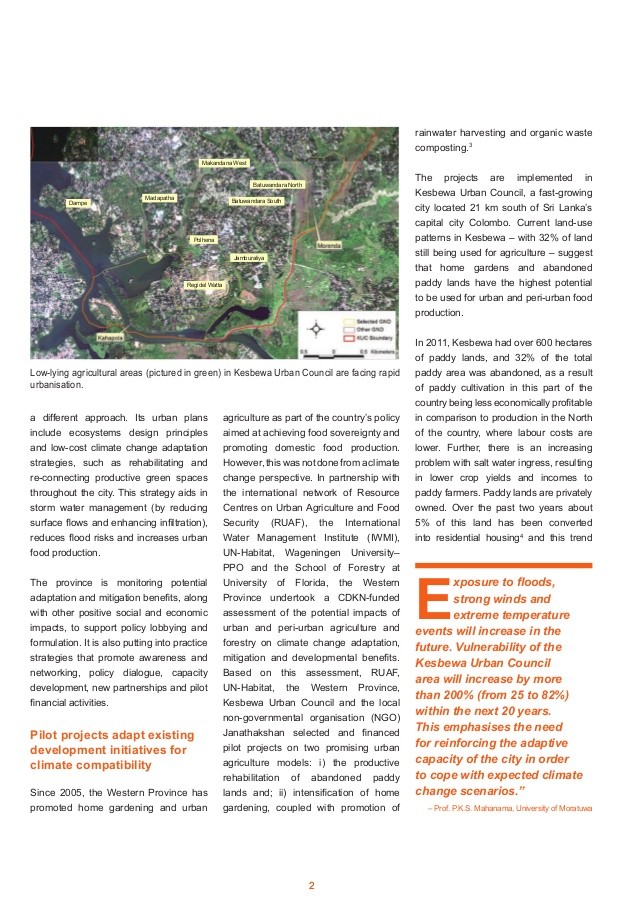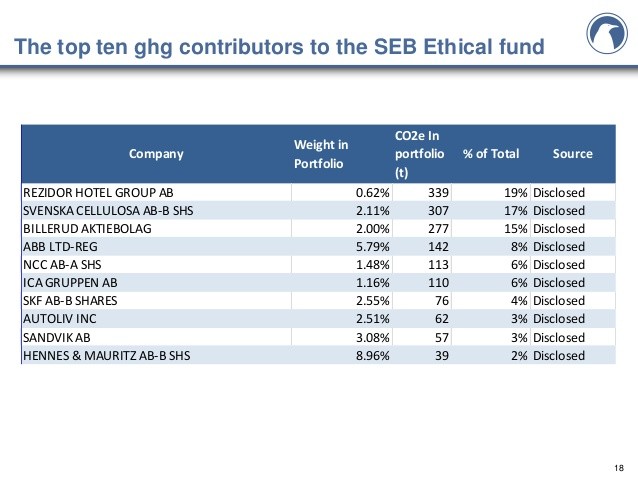Is climate change integrated in your portfolio
Post on: 8 Июль, 2015 No Comment

Implementing climate change in the portfolio
Ossian Ekdahl
Head of Communication and ESG
AP1
Sweden
Invested assets: SEK218.8bn (24.8bn) (Dec 2010)
One of five Swedish national pension buffer funds
Seeks to even out fluctuations when pension contributions do not cover pension disbursement
Date established: 2001 under new system but fund dates back to the 1960s
We started off small scale environmental, social and corporate governance (ESG) investments in 2001. In 2007, we started the Ethical Council in collaboration with AP2, AP3 and AP4.
Our interest in climate change has grown over the years. Some years ago, it had not become a hot topic in society, certainly not in the financial community.
As a long-term investor we have to incorporate long-term and systemic risks into our asset allocation modelling but for some time we did not know exactly how to do that in a systematic way. However, Mercer presented us with their ideas, which was in line with what we wanted at the time.
In the end, we were one of the 14 institutional investors that were involved in Mercer’s Climate Change Scenarios — Implications for Strategic Asset Allocation’ study. This project, whose results were published in February 2011, provided us with new tools enabling us to include the climate change factor in our asset allocation model.
We are going to integrate the TIP (technology, impacts, policy) framework Mercer suggests in our ALM studies and other future long-term decisions having drawn our own conclusions from the report. We consider, for example, investing more in real assets such as real estate, infrastructure, timberland and agriculture.
We are currently not heavily invested in real estate but have already increased that exposure since the end of last year and will continue to do so. We have yet to make allocations to other real assets and green bonds but have undertaken research and will certainly look at those.
On a small scale, we are already invested in sustainable equities.
We agree with Mercer that the exposure to climate sensitive assets should be a lot higher than it is today, but the optimum percentage of such assets is to be determined by ALM studies. We undertake a minor ALM study every year and the TIP framework could well be included in the next.
When we presented our report and conclusions after the Mercer report launch we invited AP funds and other institutional investors to attend and interest was high — therefore we can conclude that in Sweden climate change is a topic high up on many pension funds’ agenda.
Howard Pearce
Head of Environmental Finance and Pension Fund Management
Environment Agency Pension Fund
Invested assets: £1.7bn (1.9bn)
Members: 22,000
DB scheme
Funding level: 94% (Mar 2010)
Date established: 1989
We integrate ESG, of which climate change is a key component, in our manager selection process, quarterly reporting requirements and annual environmental footprinting. In addition, we undertake a carbon footprint analysis of our fund and use these as engagement topics for the subsequent year.
We were a project partner in Mercer’s Climate Change Scenarios — Implications for Strategic Asset Allocation report. The report will form one of the three feeds into our 2011-12 Strategic Asset Allocation (SAA) review, alongside our future liabilities and a traditional SAA review.
We believe our strategy and approach to implementation is well placed in terms of climate change but will look to refine and develop it.
The Mercer report suggests we look to build on our current green asset allocation and diversify into other climate change sensitive assets such as agricultural land, timberland, green bonds and infrastructure. These will be considered and factored into our overall risk budgeting and asset allocation.
Technically all our assets — with the exception of cash — need to consider climate change risk. In reality, the primary areas are equity, private equity and property. We do consider ESG risks as part of corporate bonds but the process is not developed for sovereign debt. However, the Cancun agreement to develop global reporting standards for countries will assist in integrating carbon into sovereign debt.
We currently have a 13% allocation to clean and green technology but aim for this to reach a target of 25% by 2015.

Better disclosure from companies, coupled with wider acceptance of carbon as a business risk, has helped us find managers willing to integrate it into traditional investment models — so the pool of fund managers we can pick from is wider and stronger.
We will continue to monitor the evidence related to climate change in terms of technology, impacts and policy and discuss which climate scenarios are emerging and what these mean for our investments.
This forms part of our annual review process supported by our environmental and carbon foot print analysis of our active equities. We intend to extend our activities across other assets classes to further improve our analysis. The other key aspect of the implementation is working with other institutional investors to engage policymakers at the domestic and international level of climate change policy.
Anne Simpson
Senior Portfolio Manager and Head of Corporate Governance
CalPERS
Invested assets: $230bn (166bn)
Members: 1.6m
DB scheme
Funding level: approximately 70% (Mar 2011)
Date established: 1932
The California Public Employees’ Retirement System (CalPERS) sees climate change as an important factor for both risk and return over the long term, which is why the fund is actively engaged across its portfolio.
Examples include its leadership on regulatory reform, successfully petitioning the US regulator SEC to include climate change in its requirements for risk reporting. CalPERS also chairs CERES, a network of investors addressing climate change at policy and regulatory levels. The pension fund is also active through its $123bn (88bn ) public equity portfolio and has supported more than 600 shareowner proposals on environmental disclosure in recent years. The fund has committed $500m to a new strategy in publicly listed companies, using the HSBC Climate Change index to create an internally managed quantitative tilt to companies positioned to benefit from opportunities for energy efficiency and adaptation to climate change. In a new development, CalPERS will be integrating environmental issues into its company engagement programme — the Focus List — which uses governance reforms to spur financial recovery in underperforming companies.
Other asset classes also have active environmental strategies. The CalPERS Alternative Investment Management Program includes a significant capital allocation — more than $1.5bn — to new opportunities in renewable energy and waste reduction technologies. The real estate portfolio recently announced that it has achieved a demanding 20% energy efficiency target for its property investments, a goal the fund established in 2004. CalPERS is now looking at new areas for improving co-ordination and impact of its capital allocation on environmental, social and governance (ESG) issues, including fixed income and the general asset allocation.
CalPERS has about one quarter of its portfolio in fixed income and is working on a strategy to include ESG in the analysis of credit ratings. The aim is to have ESG integrated into investment strategies and mandates across the portfolio. Our view is that if ESG has an impact on risk and return, then that is the case whenever, wherever and however we allocate capital. Our task now is to identify the priorities, the performance data and the procurement strategies to act consistently on that view.
As participants in Mercer’s climate change study, we also think about using scenario planning to factor in climate change risks in our asset allocation process.














